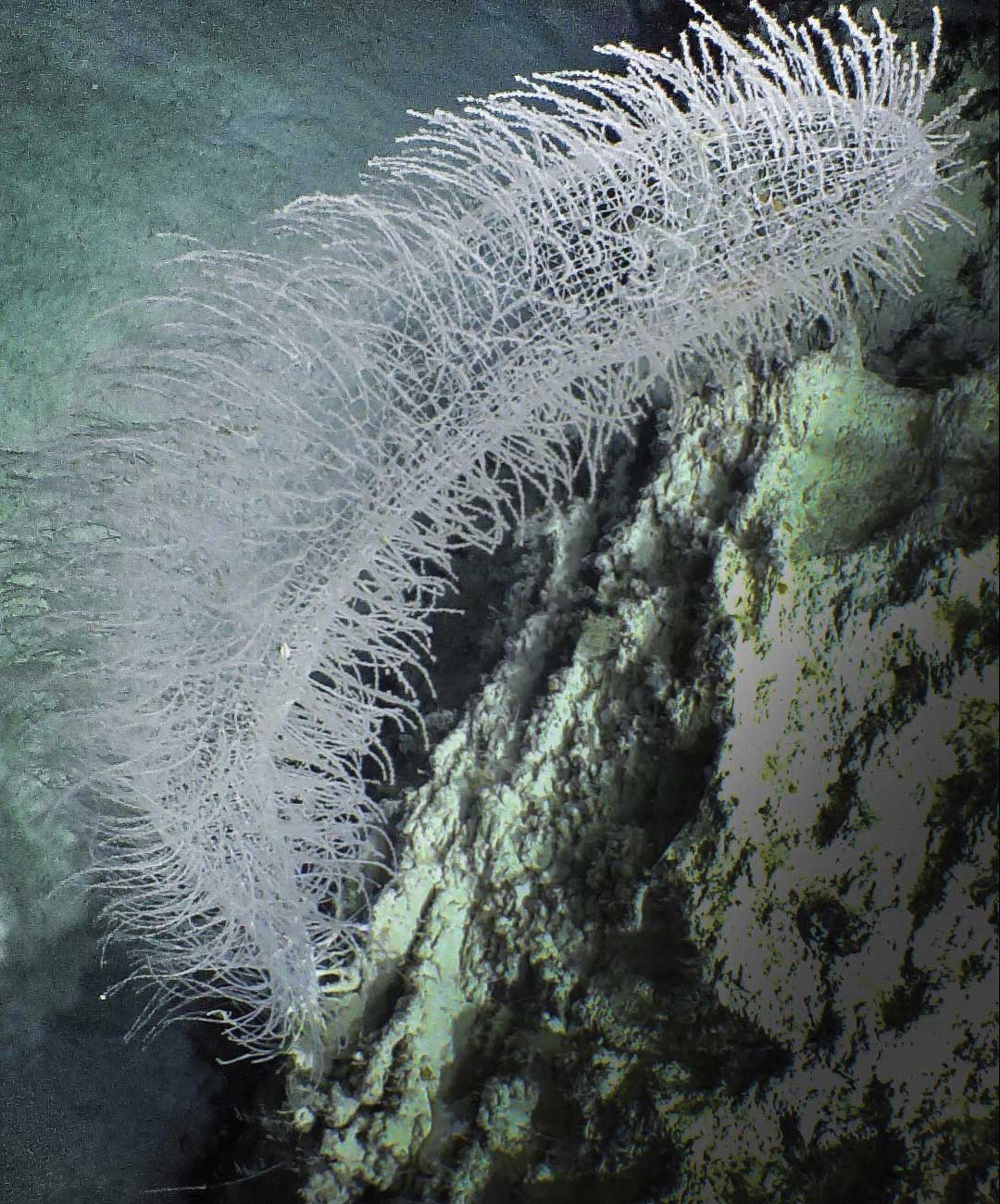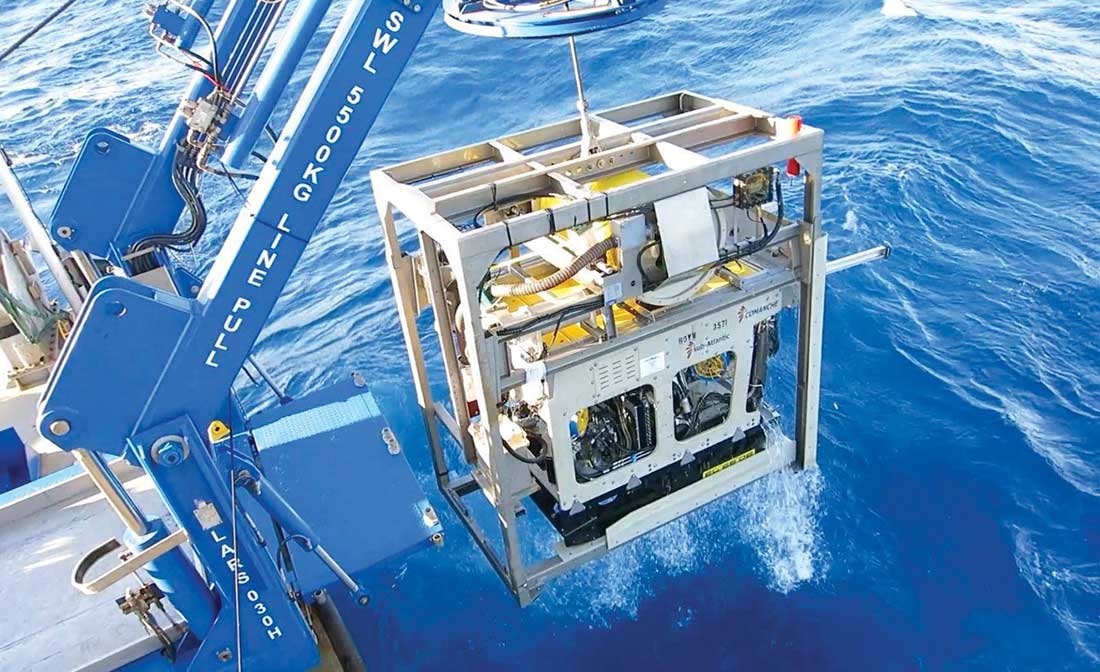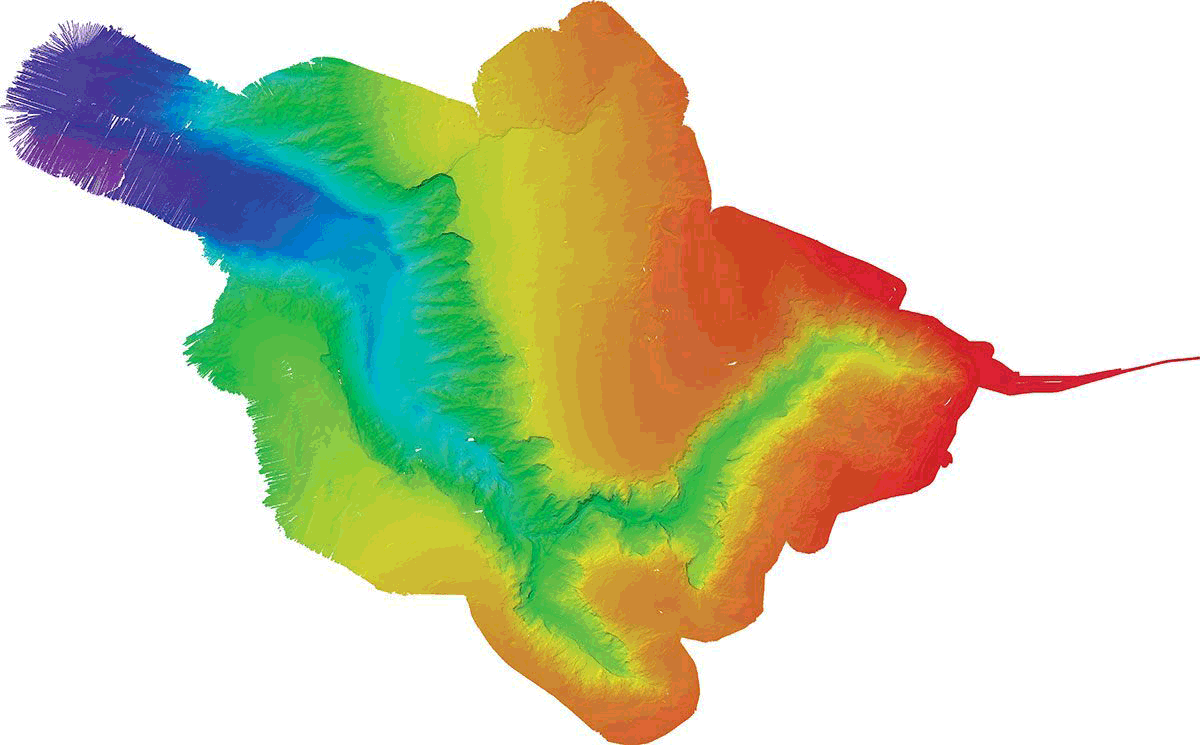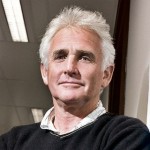Similar in size to the Grand Canyon, Perth Canyon is one of Australia’s subsea treasures, and as such is a proposed national reserve. Yet, despite being just 50 km or so from Western Australia’s capital of Perth, the canyon’s deeper reaches remained largely unknown. That is until Professor Malcolm McCulloch, from the University of Western Australia (UWA) along with his collaborative research team conducted the first exploratory expedition of the canyon aboard Falkor. Together, the researchers were among the first to survey life in the canyon and to conduct baseline studies of deep corals to aid in determining the likely future impacts of a warming sea and ocean acidification.
Australia has no dedicated science remotely operated vehicle capable of exceeding a few hundred meters, so Schmidt Ocean Institute refitted a commercially available ROV, and equipped it with sampling tools and high definition cameras, allowing the science team to complete the first detailed ROV exploration of the canyon. Using the ROV aboard Falkor, the scientists were able to survey the flora and fauna that live in this region, their abundance, and determine the best sites for more focused research. “The demonstration of coordinated multibeam and ROV operations was unprecedented for Australia and will create revolutionary changes in Australian coastal oceanography” said Chief Scientist Malcolm McCulloch.
The team discovered new species on almost every ROV dive, finding many organisms that were observed in Western Australian waters for the very first time. For example, the glass sponges (Euplectella spp.) collected during the cruise are possibly a new species and the Venus FlyTrap anemone (Actinoscyphia aurelia) found on one dive was the first seen along the Western Australian coast. All 11 ROV dives were recorded and shared openly on YouTube, resulting in over 54 hours of footage and over 8,732 views. During the dives, samples were collected to help understand the effects of global warming and ocean acidification on the deep corals living in the canyon.

The demonstration of coordinated multibeam and ROV operations was unprecedented for Australia and will create revolutionary changes in Australian coastal oceanography.
— Malcolm McCulloch

Hundreds of seawater samples were obtained for temperature and pH analysis, to determine how water chemistry changes with depth in the water column. Professor McCulloch and his team found that the water quality below 1,000 m was acidic enough to dissolve aragonitic coral. Even in those conditions scientists discovered aragonitic coral species that were growing successfully as a result of increasing their internal pH to help build their skeletons. “The species of Perth Canyon are a testimony to the ability of life to persevere under challenging conditions” said Jim Falter.
In addition to the ROV dives, multibeam mapping was completed to create a high-resolution map of the entire Perth Canyon, revealing jaw-dropping features like narrow gorges, wide valleys and cliffs several hundred meters deep. One area even featured a gigantic amphitheater type feature and evidence of an ancient waterfall plunging down 600 m, 12 times higher than the world famous Niagara Falls. The science party mapped over 4,000 km² and recorded the canyon’s maximum depth at 4,276 m.
By completing this expedition and exploring Perth Canyon, the researchers have developed an understanding of what species exist in the canyon and the degree to which coral species there are able to adapt. This has allowed them to extrapolate hypotheses about how calcification-dependent species are likely to be affected under future climate change scenarios.
The species of Perth Canyon are a testimony to the ability of life to persevere under challenging conditions.
— Jim Falter




